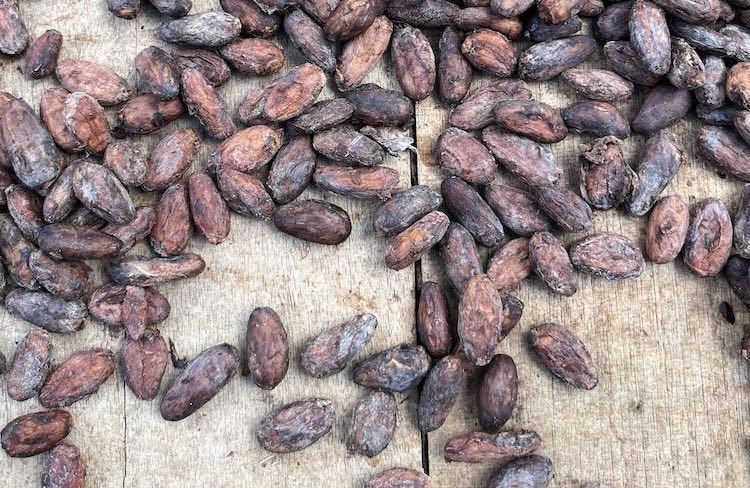Runamok co-founder, chef, farmer, and author, Laura Sorkin, takes us behind the scenes in this spotlight series, starting with our limited-release Cocoa Bean.
The family and I had the good fortune to visit Trinidad and Tobago this past holiday. While we loved the people we met, the food, and beaches, it was a visit to a cocoa farm that really resonated with us: How does a tropical venture in the Caribbean remind us of agriculture in chilly Vermont? There are actually many similarities, minus a parakeet or two.
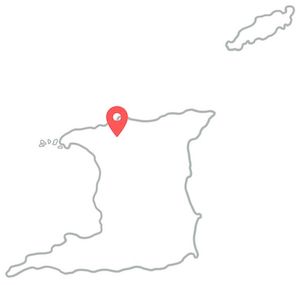
We visited a gorgeous farm called Ortinola in St. Joseph, Trinidad. Located inland from the coast, it is quite remote, found via steep, narrow roads that require a belief in guardian angels. It was originally owned by the Cadburys (yes, those Cadburys) in the late 19th century but was devastated by a disease called Witches’ Broom that plagued cocoa plantations in the Americas and Caribbean. It fell into disrepair until it was bought by the Nath family in 1999. They replanted 5,000 cocoa trees and, though they didn’t have a background in agriculture, they went all in as a family.
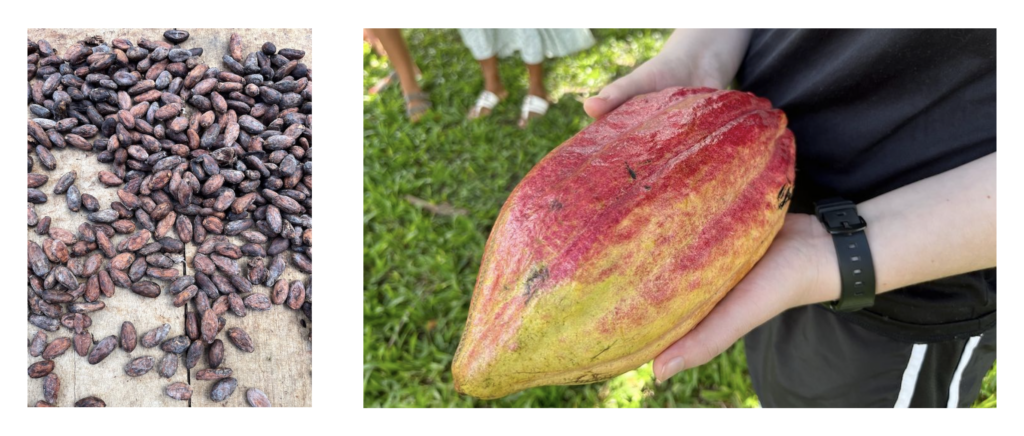
Cocoa comes from a seed pod grown on the Theobroma cacao tree. The trees need very specific conditions: consistent heat, regular rainfall but good drainage, and fertile soil. Since the trees also need semi-shade, they are usually planted alongside larger tree species, essentially creating a natural jungle environment.
Our guide, Nikita was forthright about their early and present day challenges. On poor advice, they planted their trees too close together and didn’t get the optimal size they were aiming for. A drought killed a portion of the new trees within the first two years. And on the day we visited, the ripening pods were being ambushed by a huge flock of parakeets. We just nodded our heads and thought, “We get it.”
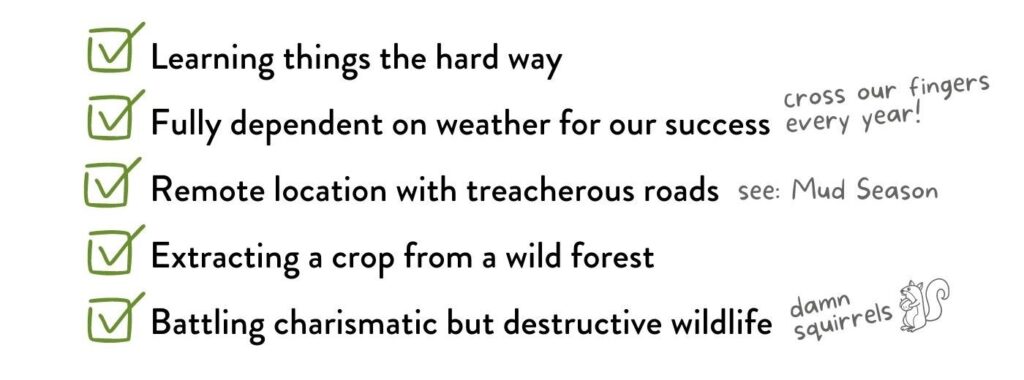
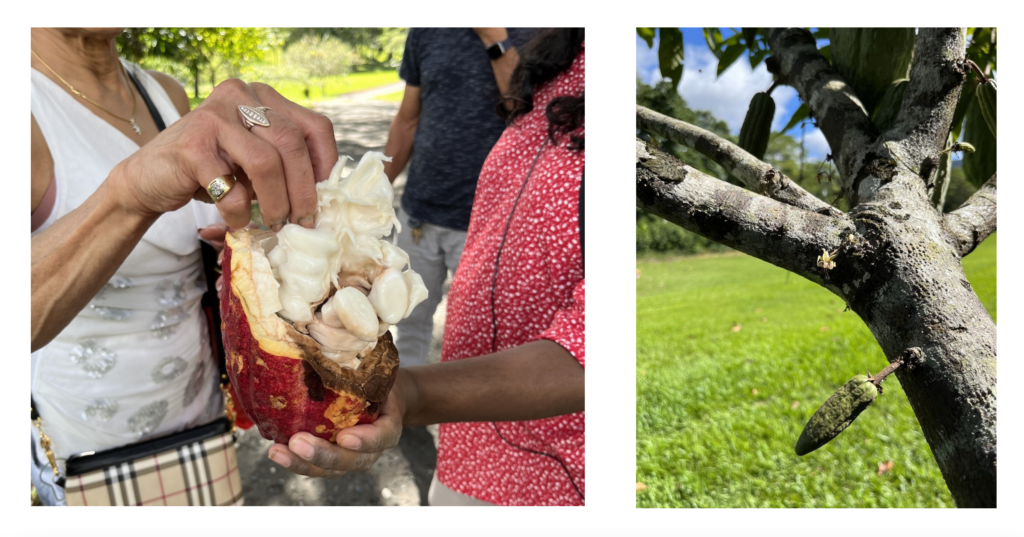
Ortinola was absolutely gorgeous and their chocolate extraordinary. But, while we may have location envy, their agricultural woes reminded us that making a living from the land is rough no matter where you are.
Though we don’t buy our cocoa nibs from Trinidad (the country’s net exports are very small), the tour got us very excited for re-releasing our Cocoa Bean Infused Maple Syrup. This syrup is rich and complex which is remarkable given it is made from just two ingredients: pure maple syrup and cocoa nibs. If you look at the back label of a leading brand of chocolate sauce, the list is long and decidedly not natural. If you try our version you will wonder why they put all that in there when just two perfect ingredients result in a better syrup. Use it anywhere you would pour chocolate sauce, like over ice cream or in chocolate milk.

